After you’ve been injured at work, you must report the incident immediately to protect your rights under Minnesota’s workers’ compensation laws. Missing a reporting deadline could delay your claim or result in denial of benefits.
It also benefits the employers, as it provides them with the information they need to meet their legal obligations and begin the claims process. Basically, the sooner the injury is documented, the smoother the process will likely be for everyone involved.
This guide will walk you through each step of reporting a work-related injury to give your claim the best chance at approval
Before you can report an incident, you’ll need some background information on what qualifies as a work-related injury or illness under Minnesota’s workers’ compensation system:
Recognizing and reporting all types of injuries and conditions, even those that seem minor at first, is critical. What may start as a small issue could worsen over time, and reporting the injury as soon as you notice it ensures that appropriate documentation is in place if your condition later requires medical treatment or time off work.
Under Minnesota workers’ compensation law, employees are required to report their injury to their employer within 14 days of the incident for full benefits.
Reporting beyond 30 days could result in a denial of the claim unless there are exceptional circumstances. For occupational diseases or conditions like PTSD that develop over time, the clock typically starts when you reasonably become aware that the condition is work-related.
The deadlines for reporting an injury can be summarized as”
In Minnesota, after you report your injury, it is your employer’s responsibility to file a First Report of Injury (FROI) with their workers’ compensation insurer within 10 days of the first day of disability or the date they were aware of the disability.
Your employer should have an injury report form available for employees, but if they don’t, you can still document the incident via email or letter. Just be sure to save a copy and include the following information:
Once completed, turn it in to your employer to file with their insurer and the MNDOL. This document officially starts the claims process, so follow up with your employer to confirm that the FROI has been filed. Your benefits can be delayed if your employer fails to do so.
If you don’t receive a copy of the form within 10 days, contact the worker’s compensation attorneys at Meuser Law.
You can do it yourself if your employer refuses to file the FROI, but it may also be a sign that they’re unwilling to cooperate with the claim. Don’t let their denial stop you from obtaining your rightful benefits.
Our experienced work comp lawyers can help you through filing a worker’s compensation claim, including self-reporting your injury.
Seeing a doctor right away serves two main purposes.
First, it helps prevent your injury from getting worse because your doctor can set you on the proper treatment path before the injury is further exacerbated.
Second, it establishes a clear medical record of your condition, which starts your worker’s compensation claim off on solid ground. On the other hand, if you delay treatment, the workers’ compensation insurer might question the seriousness of your injury or even challenge whether it’s work-related.
As for conditions that develop over time, like repetitive stress injuries or occupational diseases, you’ll need to get examined as soon as you notice symptoms to start establishing the link between your injury and work duties.
You’ll also want to immediately let them know that the condition is work-related so they can note it on your health records. These detailed documents are key evidence in workers’ compensation cases, so the more information you can get together throughout the process, the stronger the connection between your job role and the medical concern.
Your doctor will also need to complete a Report of Work Ability (RWA) that details your work restrictions and functional limitations, as it will be used to either determine a change in your job description or serve as evidence of your inability to work.
Properly documenting your work-related injury supports your workers’ compensation claim. Accurate documentation helps establish the cause, nature, and extent of your injury, making it absolutely essential for determining your eligibility for benefits and the level of compensation you receive.
Keep a folder– digital or physical– that includes the date of the injury, the circumstances of the incident, and records of any pain or symptoms you’re experiencing. You should also file away these documents:
Staying on top of the entire worker’s compensation process demonstrates your commitment to resolving the claim and helps prevent unnecessary delays or complications. Your active involvement also informs you of any developments in your claim so you can address them promptly.
One way to stay engaged is to maintain open lines of communication with your employer and their workers’ compensation insurance carrier.
You should stay in touch with your employer about:
You should stay in touch with your insurer about:
Don’t wait to get an attorney involved if you have a Minnesota workers’ compensation claim. The process can be complex, and you want to be sure you receive the full benefits to which you are entitled.
Contact Meuser Law for a free, confidential, no-obligation consultation and claim evaluation.
Our services are free unless we help you recover benefits


Monday - Friday
8:00 am - 4:30 pm
(Closed legal holidays)
10400 Viking Drive
Suite 250
Eden Prairie, MN 55344
(952) 345-2052
(952) 345-2053

(952) 345-2052
(952) 345-2053
10400 Viking Drive
Suite 250
Eden Prairie, MN 55344
Monday - Friday
8:00 am - 4:30 pm
(Closed legal holidays)
FOR A FREE CONSULTATION